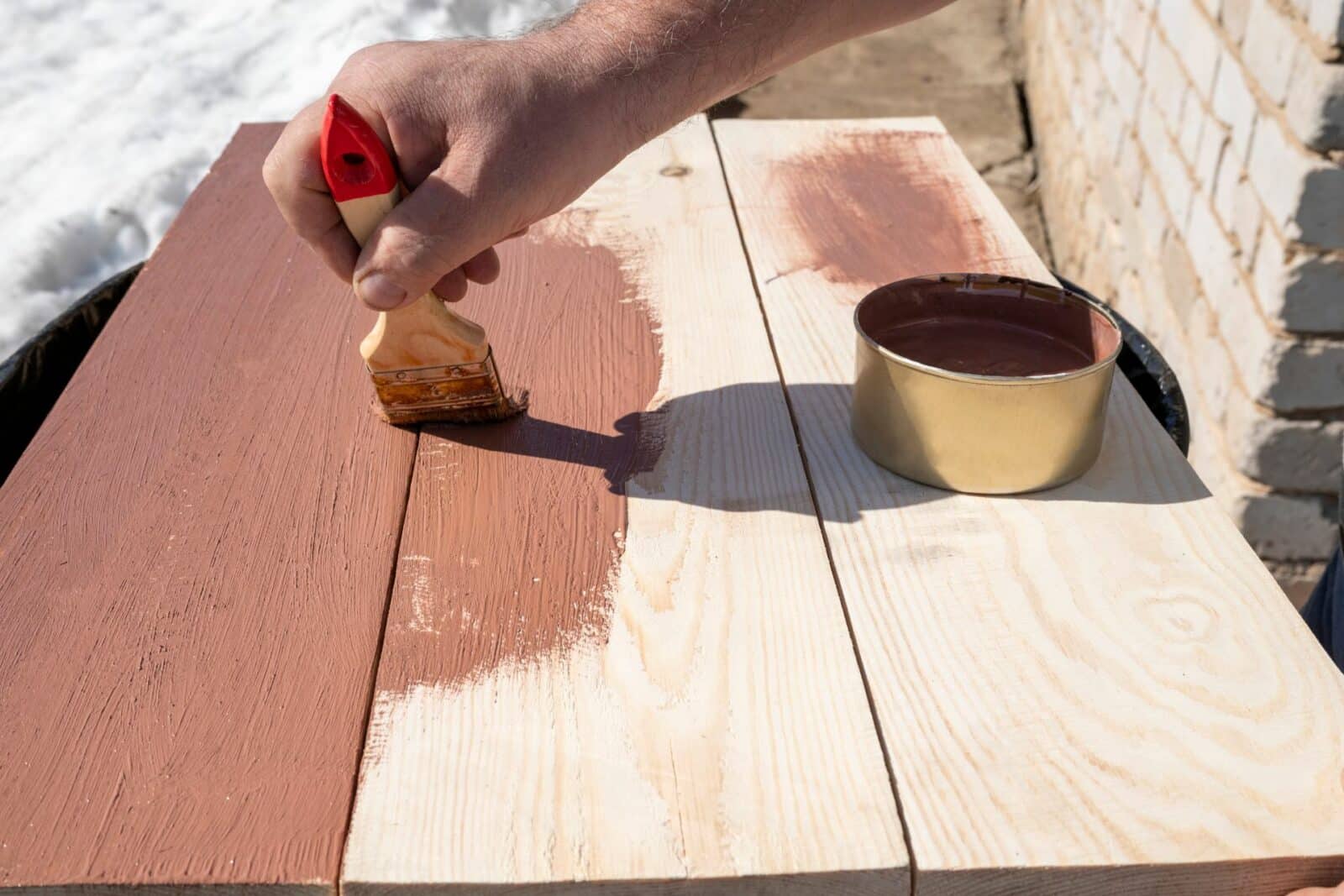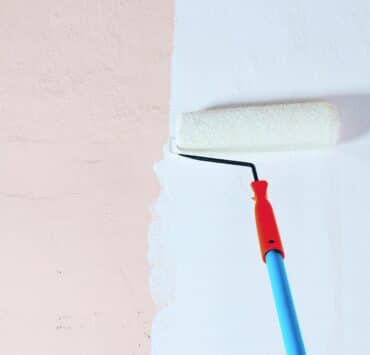Removing paint from wood surfaces can be a challenging task, especially if you want to preserve the natural beauty of the wood underneath. Whether you’re dealing with furniture, trim, or any wooden structure, using the right paint removal method is crucial. In this guide, we’ll explore the best way to remove paint from wood, ensuring a successful outcome without damaging the underlying material.
The Challenge of Paint Removal from Wood
Wood is a delicate material that requires special care during the paint removal process. Using harsh chemicals or abrasive methods can lead to irreparable damage. Here’s how to remove paint from wood effectively and safely:
Best Way to Remove Paint From Wood
Method 1: Heat Gun and Scraper
Using a heat gun to soften the paint and a scraper to gently remove it is a popular method for paint removal from wood surfaces. Here’s how to do it:
- Preparation: Ensure the area is well-ventilated. Wear safety goggles and gloves to protect yourself.
- Heat Application: Hold the heat gun a few inches away from the painted area and move it back and forth. The heat will soften the paint, making it easier to scrape off.
- Scraping: Gently scrape the softened paint using a plastic or wooden scraper. Work in the direction of the wood grain to avoid damaging the surface.
- Clean Up: Once the paint is removed, clean the surface with a damp cloth to remove any residue.
Method 2: Chemical Paint Removers
There are paint removers specifically designed for wood surfaces. Here’s how to use them:
- Preparation: Wear protective gear and ensure good ventilation.
- Application: Apply the chemical paint remover to the painted area using a brush. Follow the manufacturer’s instructions for application time.
- Scraping: After the recommended time, use a plastic or wooden scraper to gently lift off the softened paint.
- Cleanup: Clean the wood with water to neutralize any remaining chemicals.
Method 3: Sanding
Sanding is another effective method, especially for small areas or intricate woodwork:
- Preparation: Use a mask and goggles to protect yourself from dust.
- Sanding: Start with coarse sandpaper and gradually move to finer grits. Sand in the direction of the wood grain to avoid scratches.
- Cleanup: After sanding, clean the wood thoroughly to remove dust.
Precautions to Take While Removing Paint from Wood
Before embarking on your paint removal journey, keep these precautions in mind:
- Protective Gear: Wear safety goggles, gloves, and a mask to shield yourself from fumes, dust, and potential splinters.
- Ventilation: Ensure proper ventilation in the work area, especially when using chemical paint removers.
- Test on Small Area: Before using any method on a larger surface, test it on a small, inconspicuous area to ensure it doesn’t damage the wood.
FAQs about Removing Paint from Wood
Can I use a metal scraper for paint removal from wood?
Avoid using metal scrapers as they can easily damage the wood surface. Opt for plastic or wooden scrapers instead.
Is sanding suitable for all types of wood?
Sanding is generally suitable for most types of wood, but be cautious with delicate or antique woods to avoid excessive material removal.
Will heat guns damage the wood?
When used correctly and with caution, heat guns won’t damage the wood. Keep the gun moving to prevent overheating.
Can chemical paint removers harm the environment?
Some chemical paint removers can be harmful. Opt for eco-friendly options that are biodegradable and have low VOC content.
Can I remove paint from wood without chemicals?
Yes, methods like sanding and using a heat gun are chemical-free alternatives for paint removal.
Can I paint over the wood after removing the old paint?
Yes, once the wood is clean and smooth, you can apply new paint or finish.
Conclusion:
Removing paint from wood requires a careful approach to avoid damaging the wood itself. Whether you choose the heat gun and scraper method, chemical paint removers, or sanding, following proper techniques ensures a successful outcome. With expert insights and detailed instructions, you can confidently tackle your next paint removal project, restoring the beauty of your wood surfaces.








